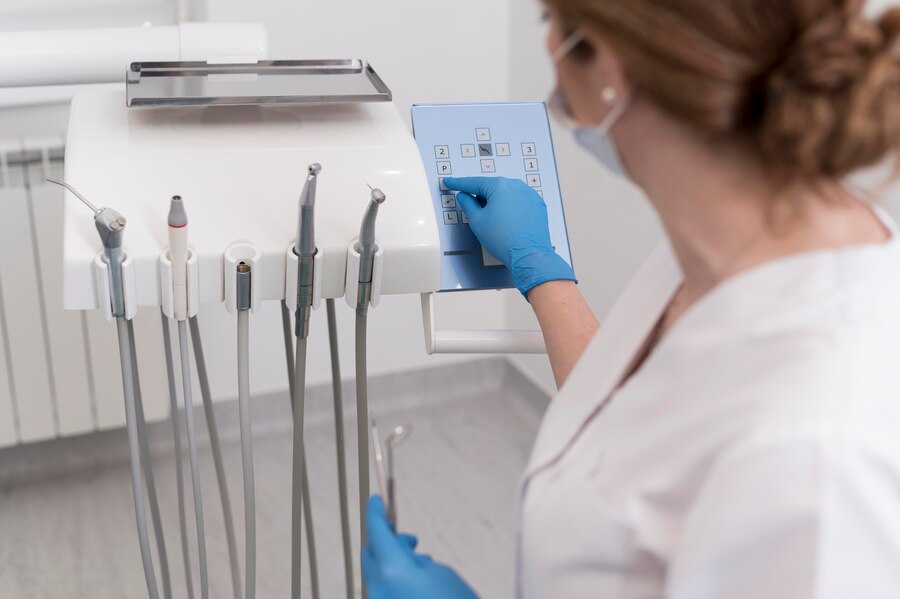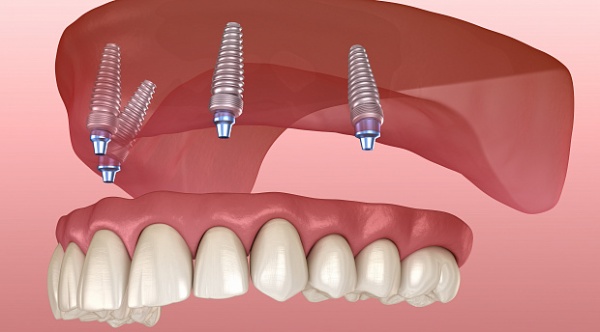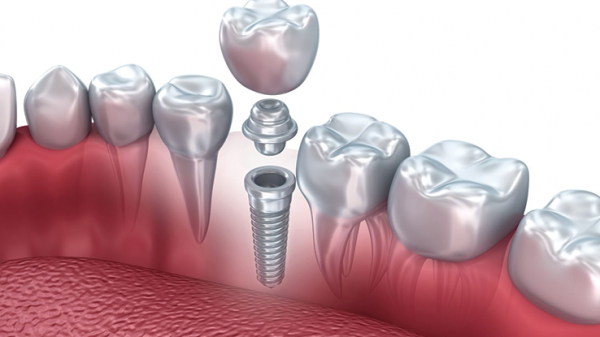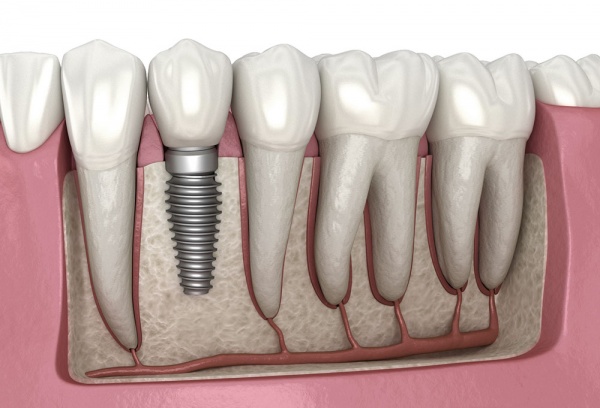Dental prosthetics play a pivotal role in restoring oral functionality and aesthetics for individuals with missing teeth. Understanding the diverse types, materials, and modern fabrication techniques is essential in providing comprehensive dental care and tailored solutions.
Types of Dental Prosthetics
Dental implants stand as a popular and durable solution. These titanium posts surgically inserted into the jawbone serve as sturdy foundations for replacement teeth, closely resembling natural tooth roots.
Fixed dental bridges, another option, consist of artificial teeth attached to adjacent natural teeth or implants, effectively bridging the gap left by missing teeth.
Removable dentures, available as partial or full sets, offer flexibility and restoration for individuals missing multiple teeth. These dentures, typically made of acrylic resin or a combination of materials, provide functional and aesthetic benefits.
Materials Utilized in Dental Prosthetics
Titanium, prized for its biocompatibility and strength, is a common choice for dental implants. Its ability to integrate seamlessly with the jawbone supports long-term stability and reliability.
Zirconia, renowned for its durability and natural appearance, has gained traction in dental prosthetics. It is often employed in crowns, bridges, and implants, offering both strength and aesthetic appeal.
Acrylic resin remains a prevalent material in dentures due to its affordability, ease of fabrication, and satisfactory aesthetic properties.
Modern Fabrication Techniques
Computer-Aided Design and Manufacturing (CAD/CAM) technologies revolutionize the creation of dental prosthetics. Precise digital designs and automated fabrication processes ensure accuracy and efficiency in crafting tailored prosthetic solutions.
3D printing, an additive manufacturing technique, allows for intricate and customized dental prosthetics. This technology enables rapid production while maintaining high precision and customization.
Digital scanning and imaging tools offer detailed images of the oral cavity, facilitating precise design and fitting of dental prosthetics for optimal functionality and comfort.
Factors Influencing Prosthetic Selection
Bone health plays a pivotal role, especially concerning dental implants, requiring sufficient jawbone density for successful placement and integration.
Oral health conditions such as gum health and the status of remaining teeth significantly influence the choice of prosthetic and its fit.
Cosmetic preferences also factor in, with various materials offering different aesthetic results, impacting the overall appearance of the prosthetic.
Maintenance and Care
Regular maintenance is vital for the longevity of dental prosthetics. Implementing proper oral hygiene practices, including brushing, flossing, and routine dental check-ups, is essential for preserving prosthetic integrity and overall oral health.
Understanding the array of options, materials, and fabrication techniques available in dental prosthetics empowers individuals to make informed decisions. Collaborating with dental professionals ensures the selection of the most suitable prosthetic solutions tailored to individual needs, restoring oral function and aesthetics for enhanced quality of life.







